How to Determine if Ergonomic Dining Room Chairs are Comfortable
 Feb 13,2025
Feb 13,2025

 Topmax Furniture
Topmax Furniture
Dining room chairs often serve as the unsung heroes, enduring the rigors of daily meals, family gatherings, and festive celebrations. Yet, their significance often goes unnoticed until discomfort strikes during an otherwise delightful dinner. This is where ergonomic dining room chairs step into the spotlight, promising a blend of style, functionality, and unparalleled comfort. But with countless products labeled “ergonomic” flooding the market, how can consumers distinguish truly comfortable green dining room chairs from marketing gimmicks?
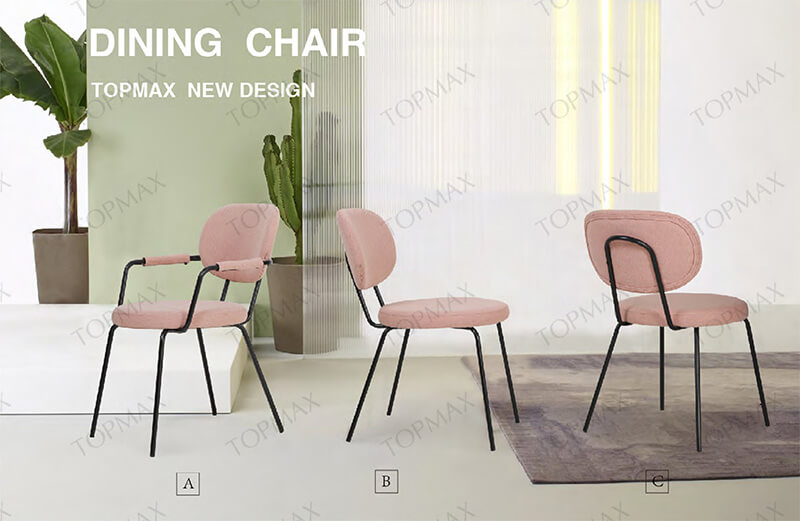
Sit - Test: Evaluating the Initial Comfort
The first step in assessing the comfort of ergonomic dining room chairs is to perform the quintessential 'sit test.' This isn't merely about sinking into a chair and declaring it cozy; it's a structured evaluation that considers various factors. Start by sitting on the chair with your back against the backrest. Pay attention to how the chair conforms to your body's natural curves. An ergonomically designed chair will have a slightly curved backrest that supports the lumbar region, preventing strain on your lower back.
Next, adjust the seat height so that your feet rest comfortably on the floor or a footrest, with your knees at a 90-degree angle to your hips. This positioning ensures that your spine maintains its natural 'S' shape, reducing stress on your vertebrae and promoting better posture. If the chair lacks adjustability, it might not cater to everyone's height and body type, thereby compromising comfort.
Feel the seat's material and padding. High-density foam or memory foam provides excellent support and longevity, whereas thinner padding might sag over time, reducing comfort. Ensure the material breathes well to prevent sweating during long meals, especially in warmer climates. Fabric choices like mesh, leather, or breathable synthetics can make a significant difference.
Lastly, consider the armrests. Ergonomic dining room chairs often feature adjustable armrests that support your forearms, allowing your shoulders to relax. If the armrests are too high, low, or non-existent, they can contribute to shoulder and neck strain.
Assessing Support and Cushioning
Support Force Analysis
The support force of ergonomic dining room chairs is vital for long - term comfort. To test the support, you can try different sitting postures. Sit with your legs crossed, lean to the side, or sit forward slightly. A chair with good support will maintain its stability and continue to support your body in these different postures.
The legs of the chair also play a significant role in support. They should be sturdy and evenly spaced to provide a stable base. A chair with wobbly legs or legs that are too close together can be uncomfortable and even dangerous. You can gently rock the chair back and forth to check its stability. If the chair rocks too much or feels unsteady, it may not provide the necessary support.
Cushioning Performance
Cushioning is what provides the softness and comfort on top of the support. The quality of the cushioning material can greatly affect the comfort of the chair. Memory foam is a popular cushioning material as it conforms to the shape of your body, providing personalized support. However, it can also be more expensive.
Foam cushions with a high density are generally more durable and provide better support. They should also have a good balance between softness and firmness. You can press down on the cushion with your hand to test its resilience. A good cushion will quickly bounce back to its original shape after being compressed.
The thickness of the cushion is also important. A too - thin cushion may not provide enough padding, while a too - thick cushion can make the seat too high or too soft. The ideal thickness depends on the design of the chair and the intended use.

Ergonomic Certifications: Credentials That Matter
In the world of ergonomics, certifications are more than just a badge of honor; they signify that a chair has undergone rigorous testing to meet specific ergonomic standards. Look for chairs that are certified by reputable organizations such as ANSI/BIFMA or Ergonomics Certified Professionals (ECP). These certifications ensure that the chair meets criteria for seat depth, seat height adjustability, backrest angle, and other critical ergonomic factors.
Certification isn't just about compliance; it's a testament to a manufacturer's commitment to quality and user comfort. Green dining room chairs that carry these credentials often undergo extensive user trials and are designed in consultation with ergonomics experts. This collaborative approach ensures that the final product addresses a wide range of user needs, from different body types to various postural preferences.
When considering ergonomic dining room chairs, don't shy away from asking manufacturers about their certification process. Reputable brands will be transparent about their testing protocols and will happily provide documentation to back up their claims. Remember, certification is a shortcut to verifying a chair's ergonomic credentials without having to conduct exhaustive personal tests.
Long - Term Usage Experience: The True Test
Comfort during Extended Meals
One of the best ways to judge the true comfort of green dining room chairs is through long - term usage, especially during extended meals. If you plan to use the chair for family dinners that can last an hour or more, or for social gatherings where you may be sitting for even longer, it's crucial to test the chair's comfort over an extended period.
During a long - term sit - test, pay attention to how your body feels after sitting for a while. Do you start to feel any discomfort in your back, neck, or legs? A truly comfortable ergonomic chair should allow you to sit for an extended period without experiencing significant fatigue or pain. You can also check if the chair's features, such as the lumbar support or the adjustable components, continue to provide the expected level of comfort over time.
Adaptability to Different Users
Another aspect of long - term usage experience is the chair's adaptability to different users. In a family or a shared dining space, different people with different body sizes and shapes will be using the chair. A good ergonomic dining room chair should be able to accommodate these differences.
For example, a chair with an adjustable seat height can be suitable for both tall and short people. The backrest should also be able to provide support to users with different spinal curvatures. You can have different family members or friends test the chair to see how well it meets their comfort needs.
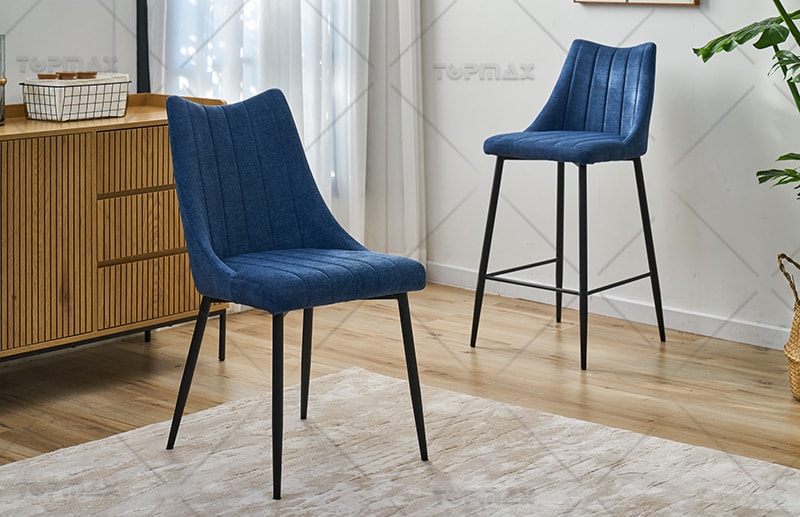
Judging the comfort of ergonomic dining room chairs involves a delicate balance of form, function, and personal preference. The sit test provides an initial impression, but true comfort is revealed through deeper assessment of support, cushioning, and ergonomic certifications. Long-term durability and adaptability to varied uses are crucial for maintaining comfort over time.
When shopping for an ergonomic dining room chair, it's important to take the time to test different models, consider your specific needs and preferences, and not be swayed solely by marketing claims. Whether it's a daily family meal or a special occasion with friends, a truly comfortable ergonomic dining room chair can enhance the overall atmosphere and make the time spent around the dining table more enjoyable.
 Inquire Now
Inquire Now



 Home
Home Guide to Choose Right Modern Outdoor Loungers for Different Environments
Guide to Choose Right Modern Outdoor Loungers for Different Environments  You May Also Like
You May Also Like 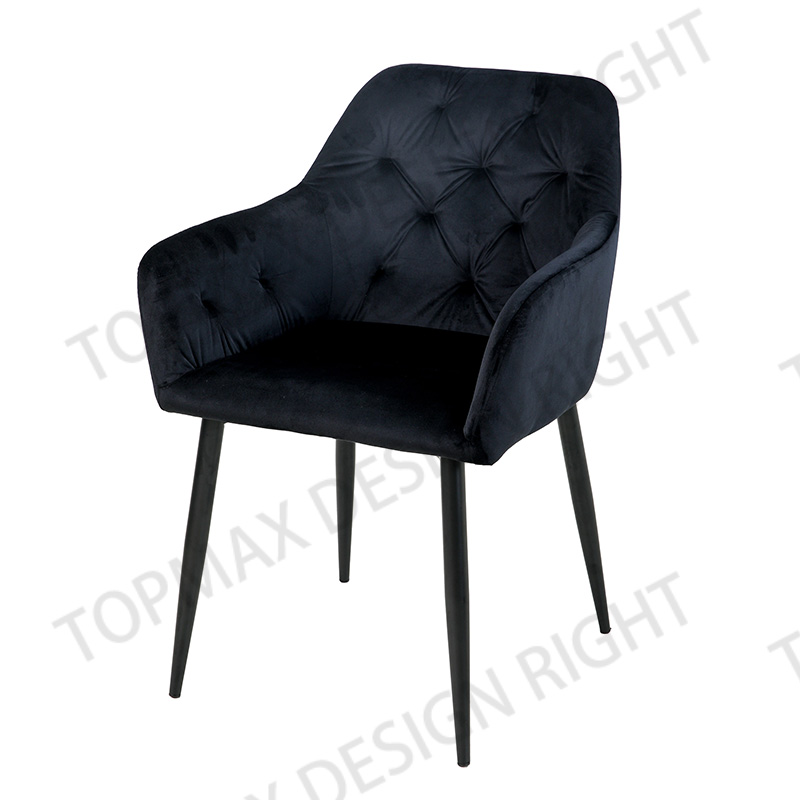

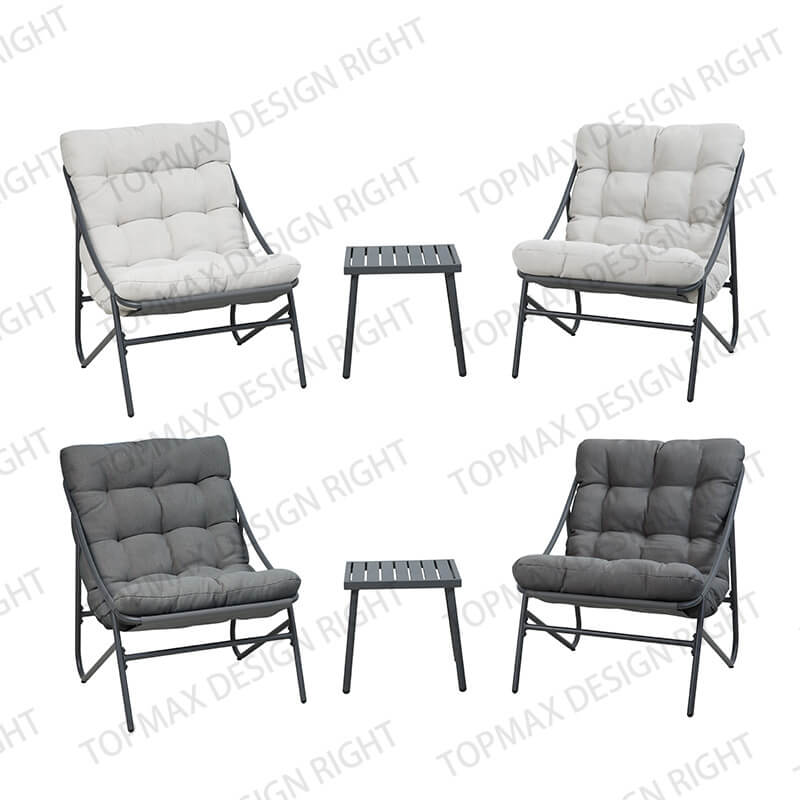
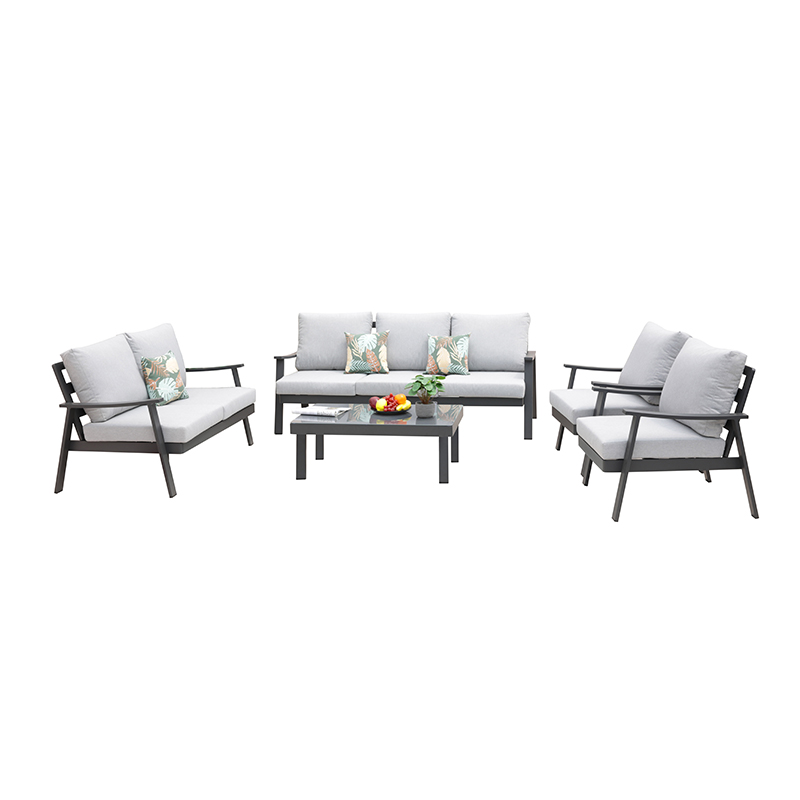

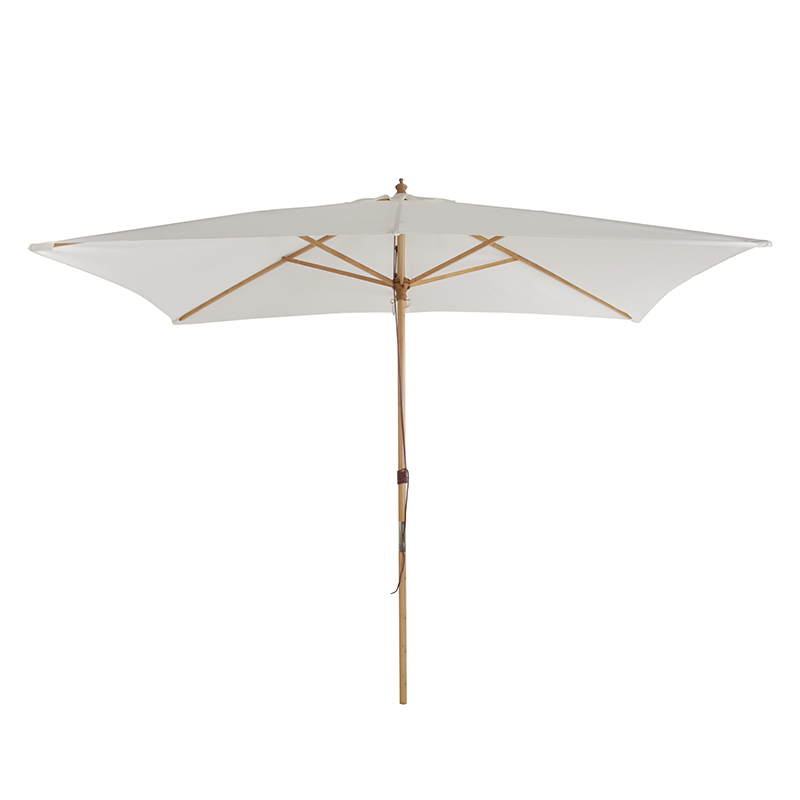

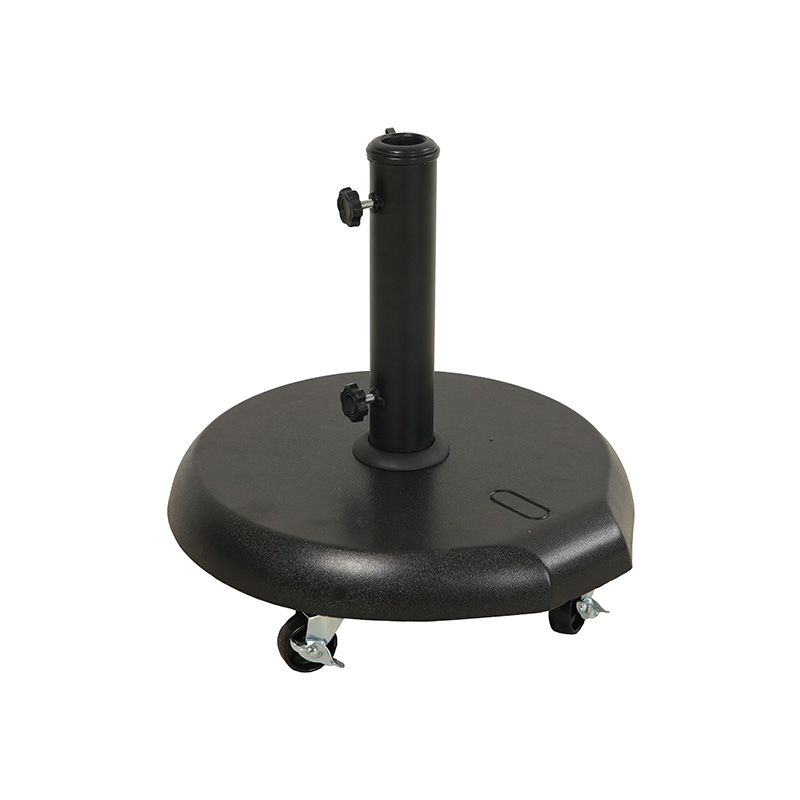
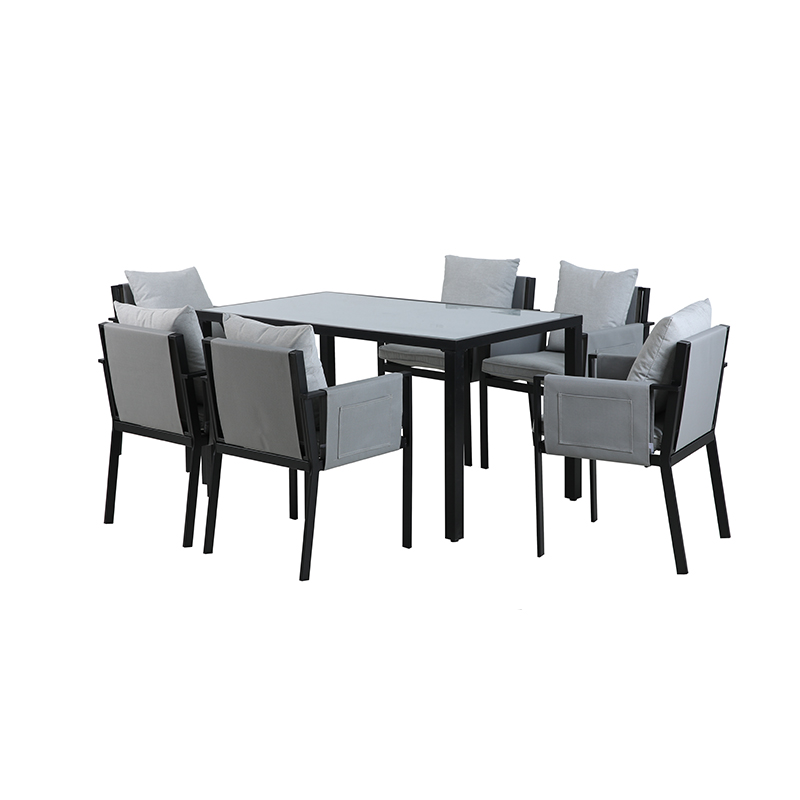
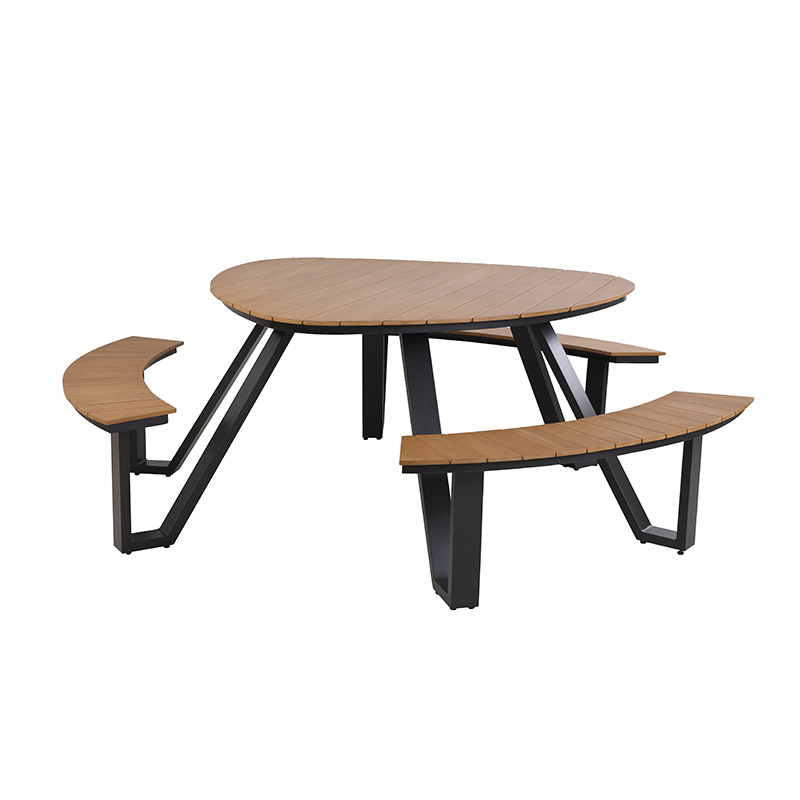

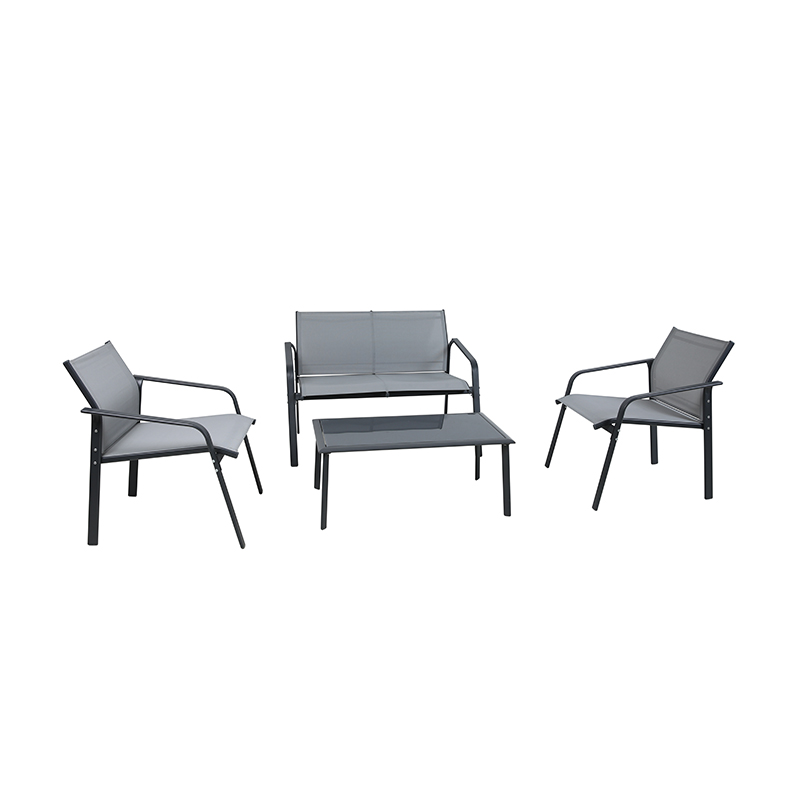
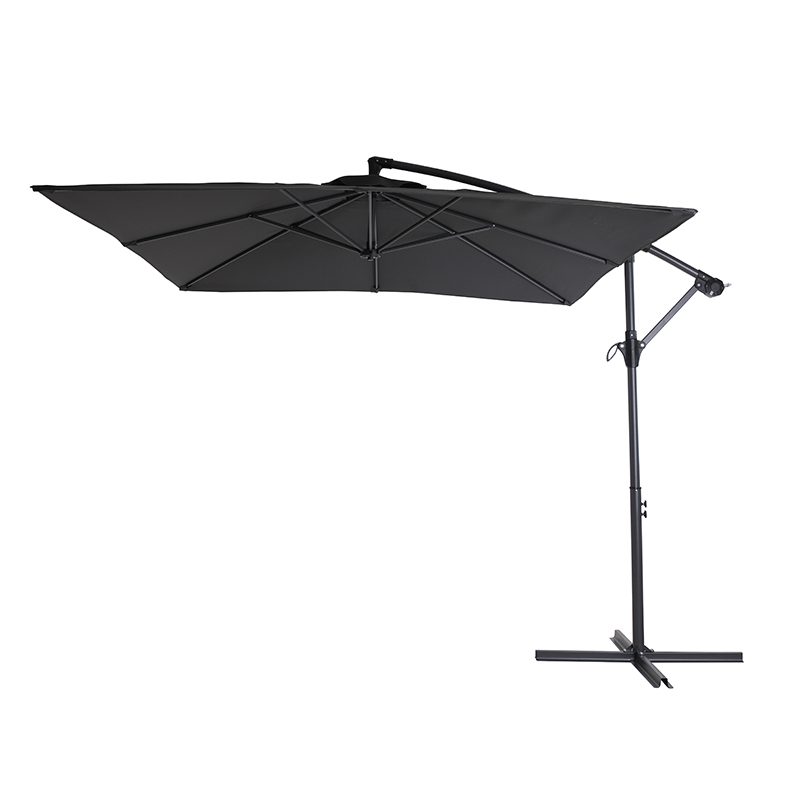
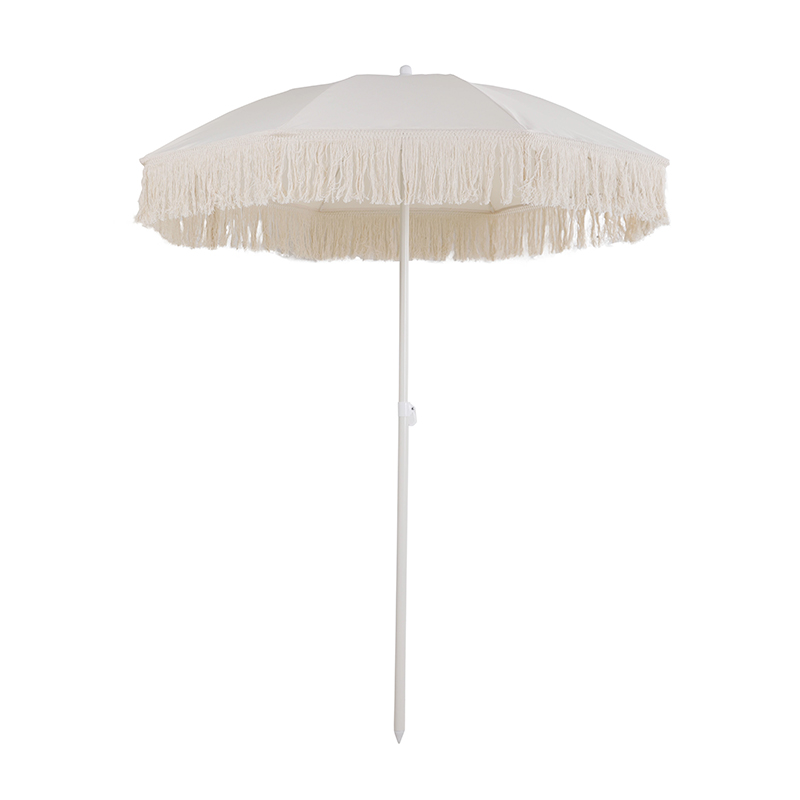

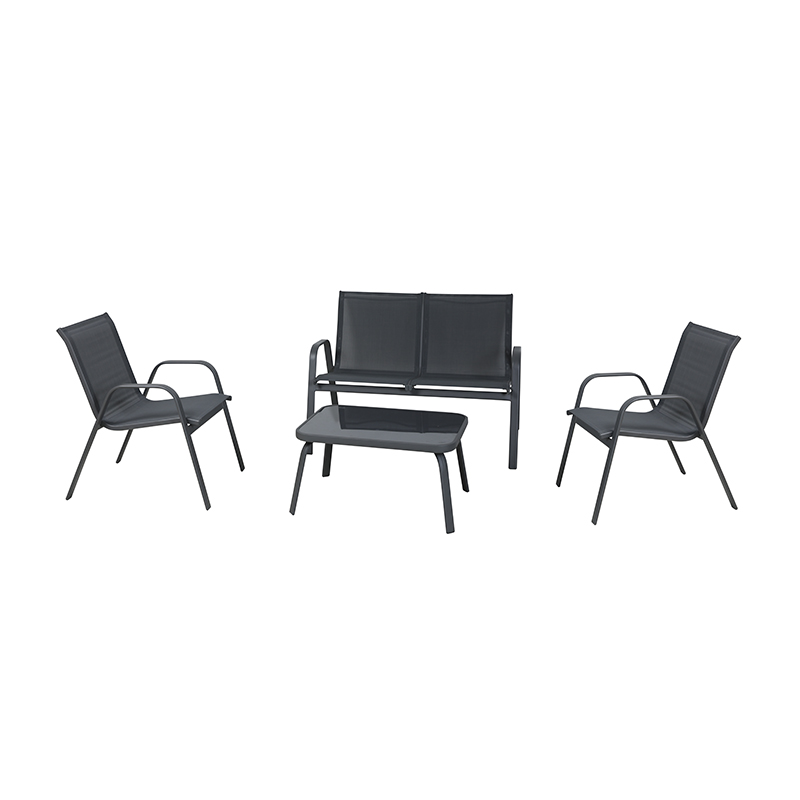
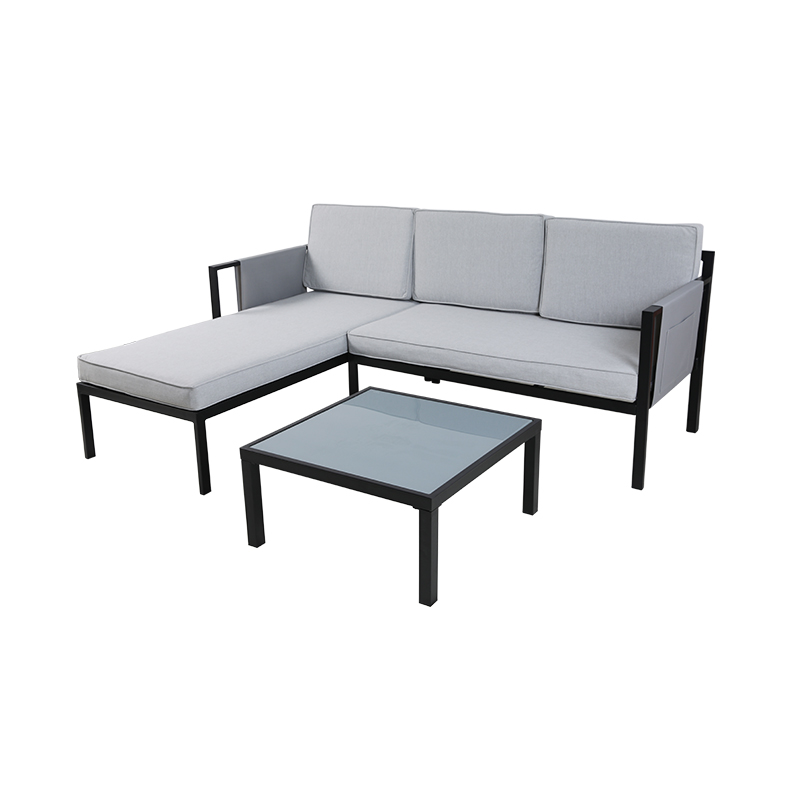
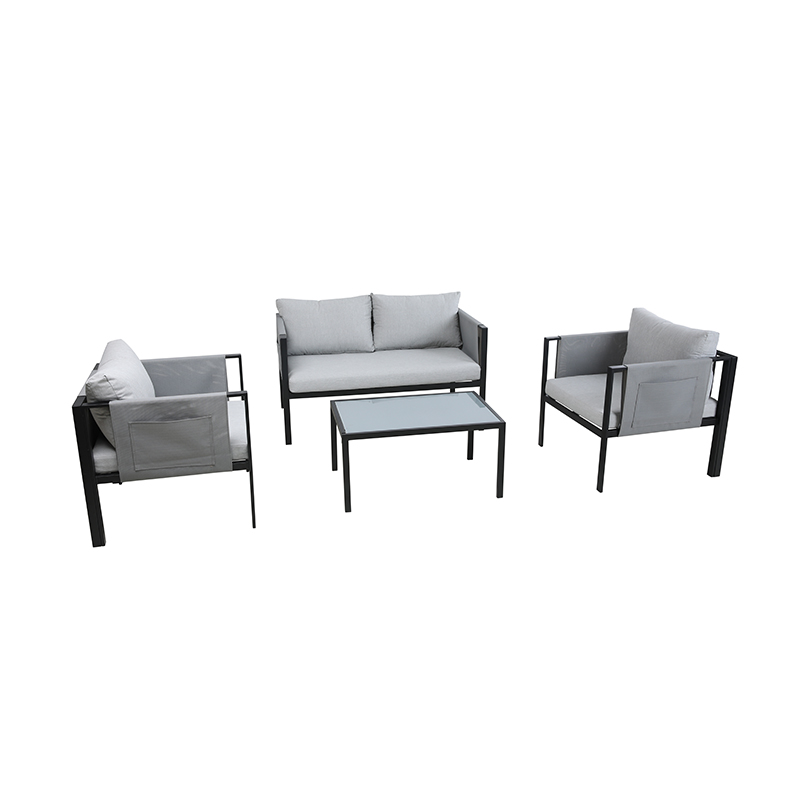

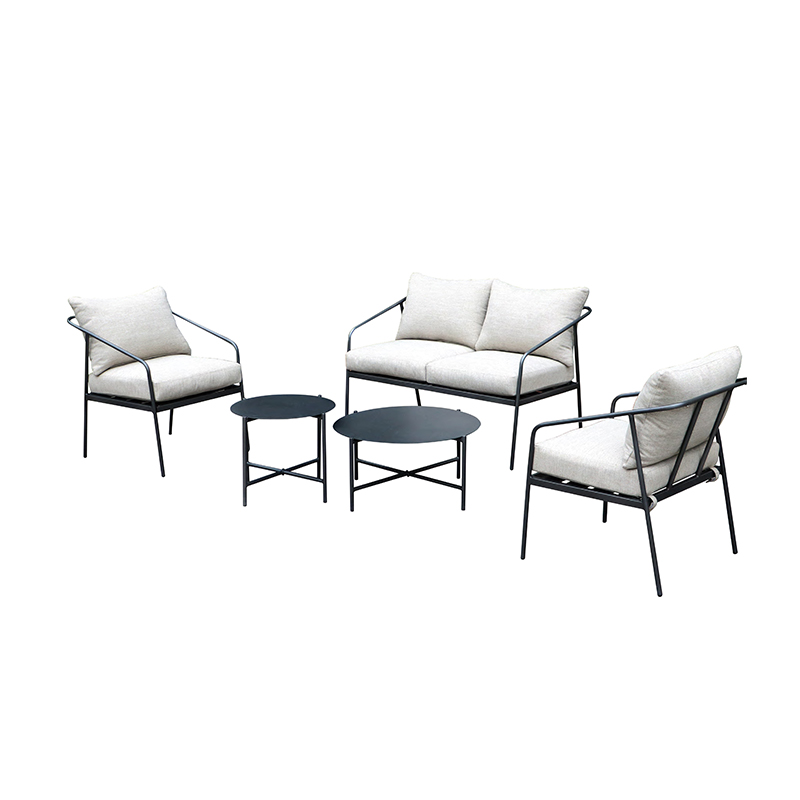
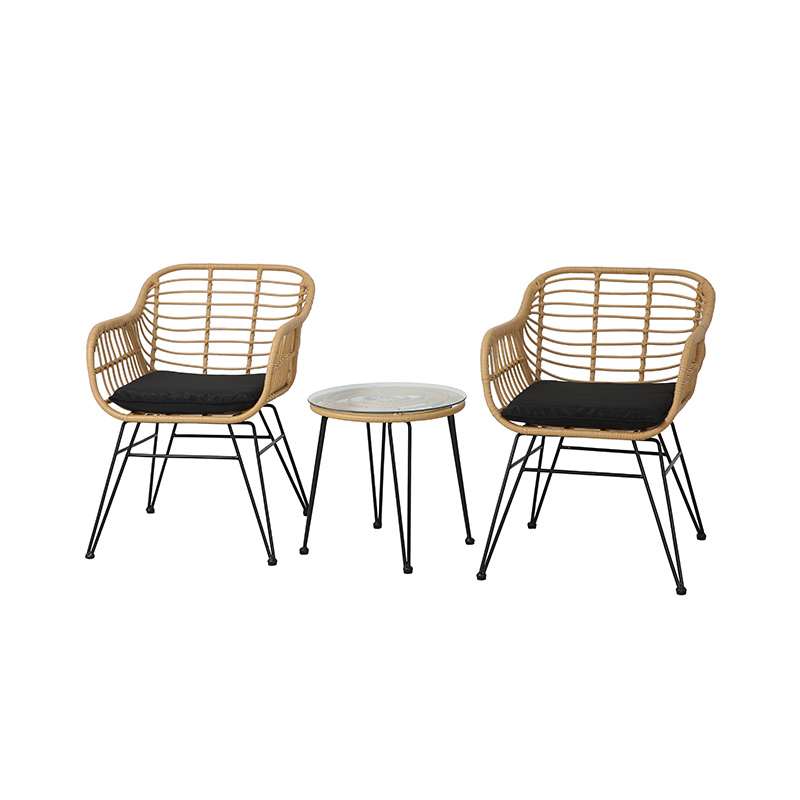

 Tel
Tel  Email
Email  ADDRESS
ADDRESS 














